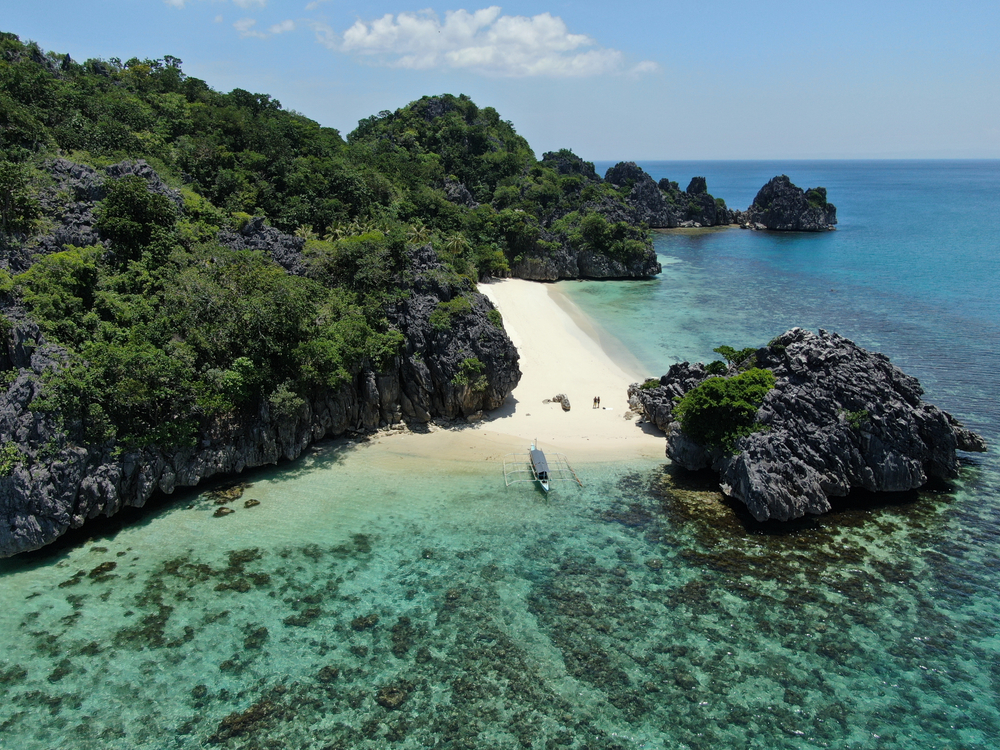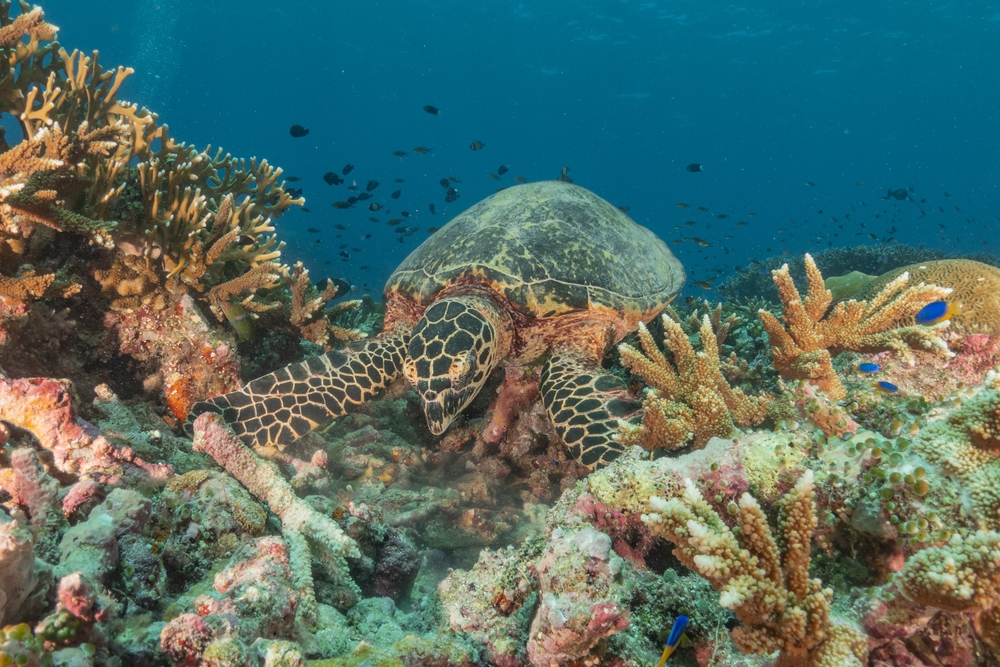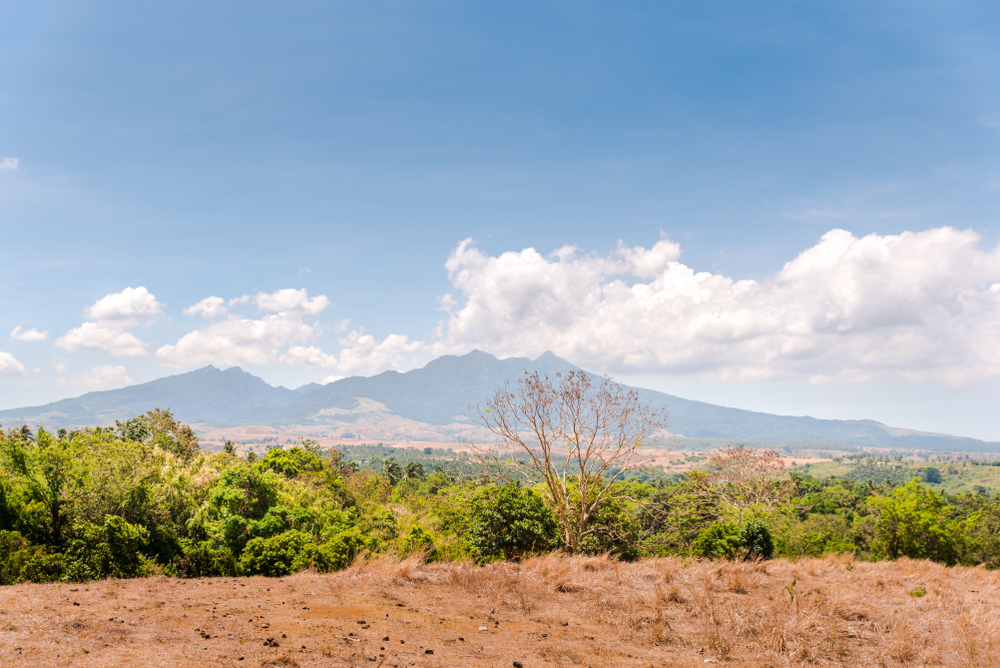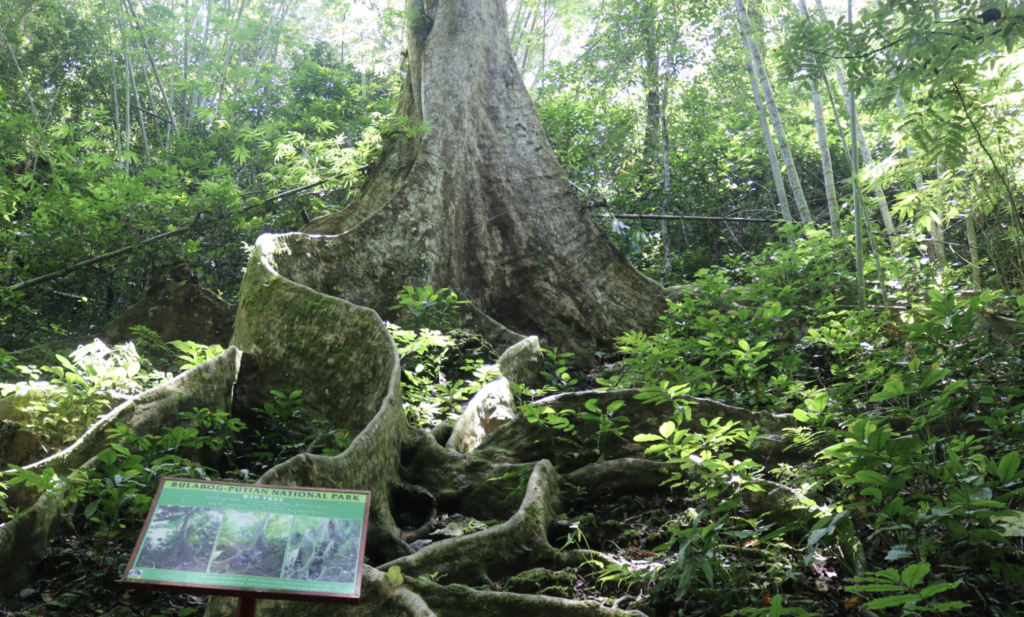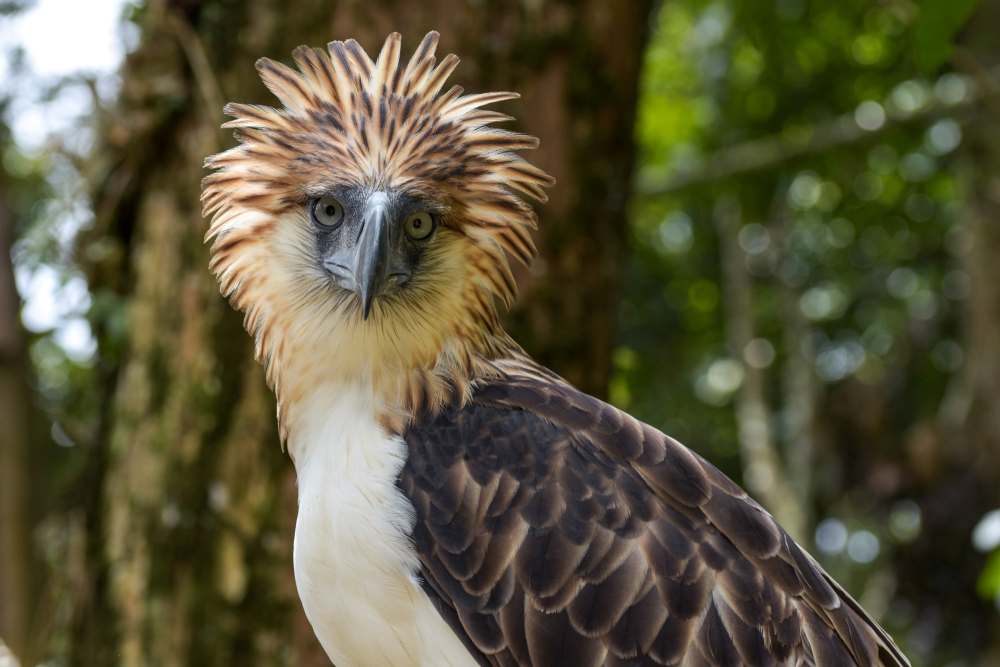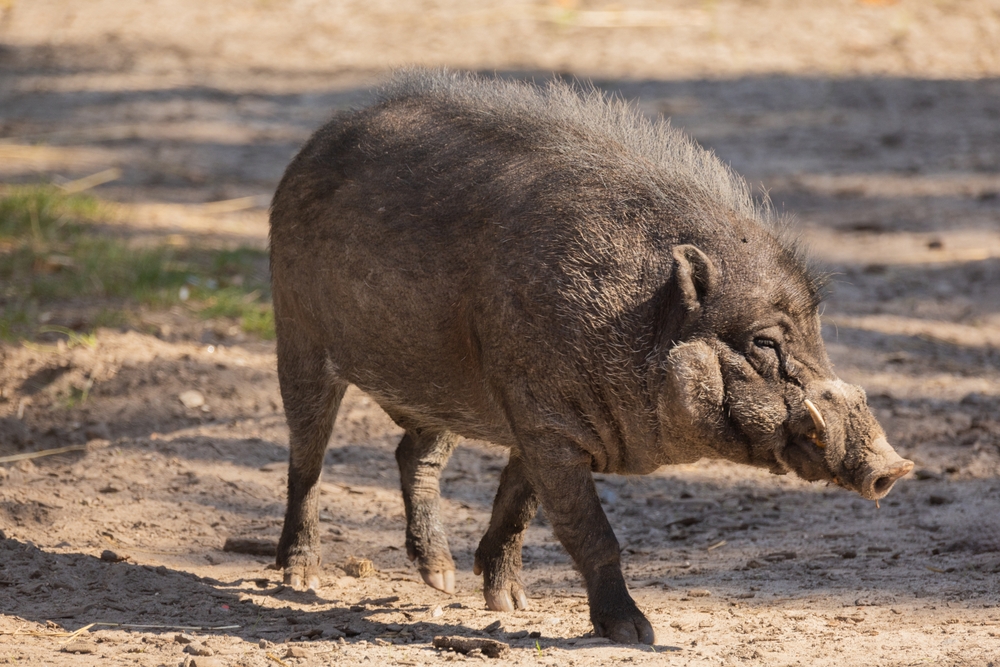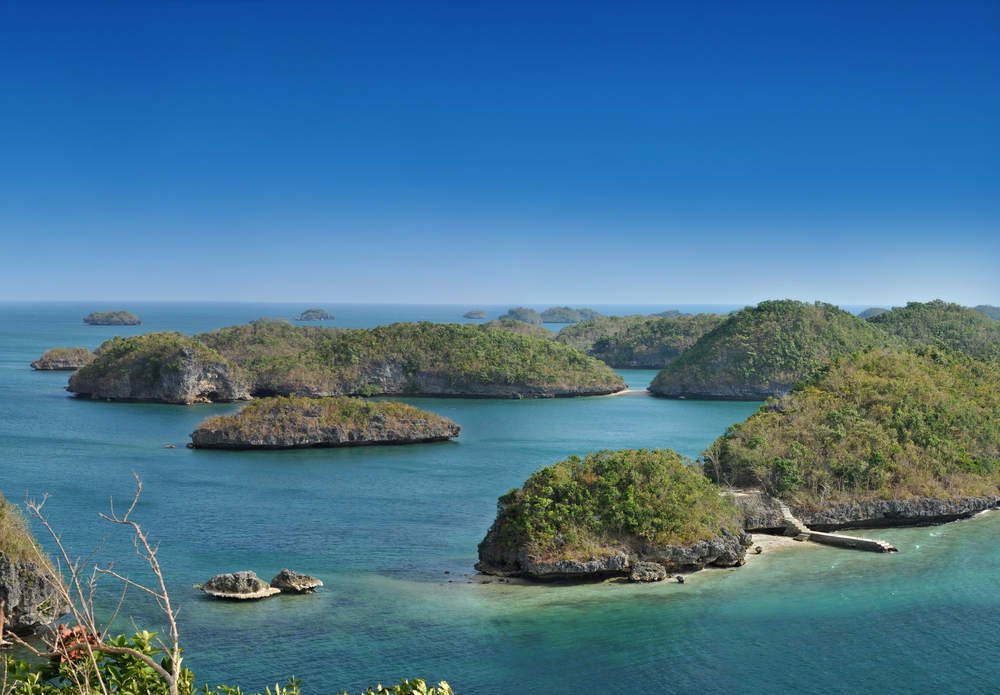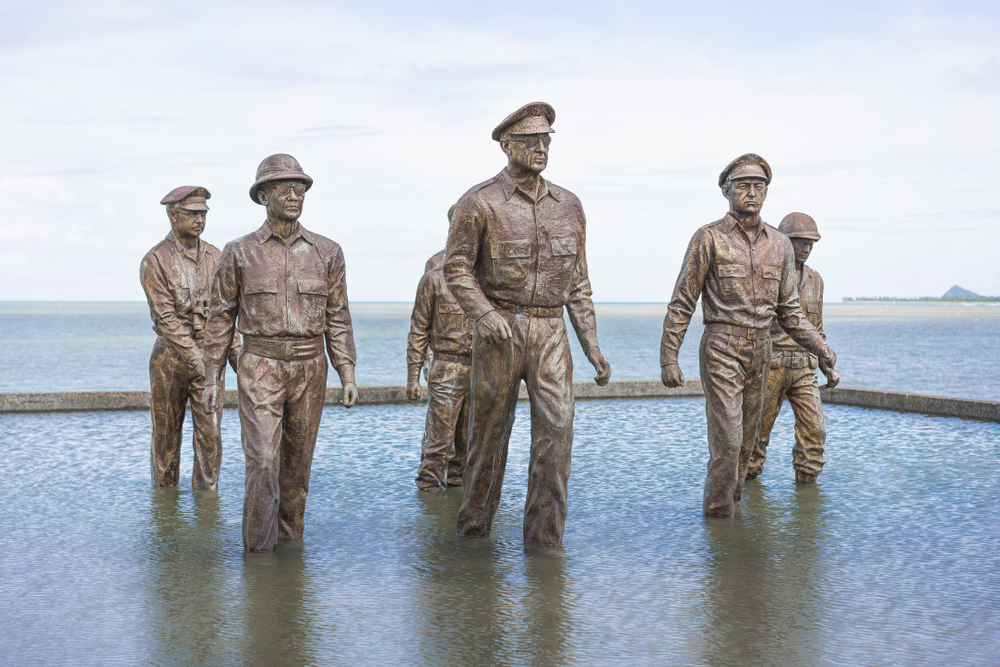Caramoan Overview
Caramoan National Park, known in Filipino as Pambansang Liwasan ng Caramoan, is a coastal and island-based protected area located in the province of Camarines Sur on the Bicol Peninsula in southeastern Luzon, Philippines.
Covering approximately 13.3 square miles (34.5 square kilometers), the park includes both terrestrial and marine zones and encompasses parts of the Caramoan Peninsula and nearby islands.
Established in 1938, it is one of the oldest national parks in the country and is celebrated for its dramatic limestone cliffs, white-sand beaches, lush forests, and rich marine biodiversity. The park has gained international attention in recent years as a filming location for various editions of the reality television show “Survivor.”
The terrain of Caramoan National Park is a striking combination of rugged limestone karst formations, coastal headlands, dense forests, and coral-rich waters. Inland, forested hills give way to cliffs and caves, while the coastline is lined with coves, rock towers, and beaches.
The landscape features tidal pools, caves such as Kulapnitan Cave, and shallow lagoons. Vegetation in the park includes a mix of lowland dipterocarp forest, mangrove stands along coastal fringes, and grassy clearings. Orchids, ferns, and flowering shrubs thrive in the moist and shaded parts of the forest, while coconut palms and other coastal flora dominate the beachfront zones.
Caramoan National Park supports a diverse array of wildlife both on land and in the surrounding waters. Birdlife is particularly abundant, with sightings of species such as the Brahminy kite, kingfisher, heron, and Philippine hornbill. Bats and small mammals like civet cats and Philippine macaques inhabit the park’s forested areas and caves.
Reptiles and amphibians are also present, including lizards and frogs that are adapted to both forest and rocky coastal environments. In the adjacent marine areas, coral reefs shelter a variety of fish, crustaceans, sea turtles, and invertebrates, making the park an important site for marine conservation and reef protection.
Among the park’s most popular features are its island beaches and dramatic karst cliffs. Islands such as Matukad, Lahos, and Hunongan attract visitors for their white sands, turquoise waters, and secluded settings. These locations offer spectacular views and opportunities for swimming, snorkeling, and exploration.
Inland, natural features such as caves, waterfalls, and forest trails offer alternative adventures for hikers and spelunkers. The park’s scenic mix of land and sea has made it an ideal destination for nature lovers, beachgoers, and eco-tourists seeking a more remote and unspoiled setting.
Visitors experience Caramoan National Park through a mix of island-hopping tours, snorkeling excursions, trekking, caving, and cultural visits to nearby communities. Local guides and boat operators play a central role in helping visitors navigate the park’s spread-out features.
Accommodations range from beachside resorts to homestays, and tourism is largely community-driven, supporting local livelihoods and promoting environmental stewardship.
Conservation in Caramoan National Park involves both ecological protection and community engagement. Challenges include increasing tourism pressure, illegal fishing, and habitat degradation.
However, efforts by local government units, NGOs, and national agencies have led to stronger regulation, coral reef monitoring, and the promotion of sustainable tourism practices. Community education and eco-tourism initiatives have helped build awareness about the park’s ecological and cultural value, ensuring that Caramoan remains a pristine and accessible natural treasure.








































































